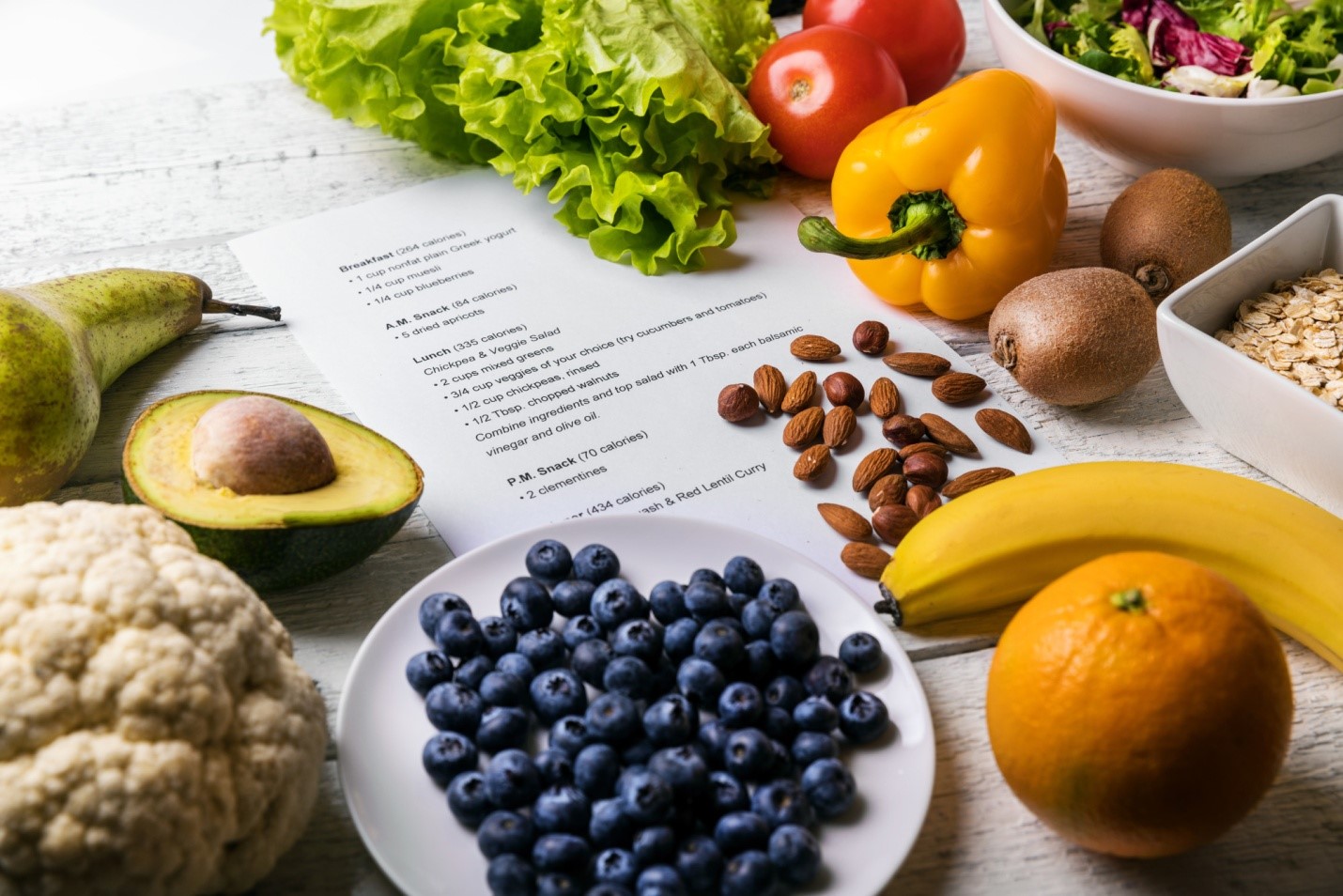Around 10.5% of the American population currently have diabetes, and a further 34.5% are prediabetic.
If you’re trying to plan a sustainable diabetic diet, you’re not alone. Many people feel reluctant to change their eating habits because they think it’ll be restrictive and boring. However, you can eat well and still enjoy your meals!
It’s time to take charge of your health; a diabetic diet can be as satisfying as it is healthy. So, no more procrastinating! Let’s get started.
Pick a Carbohydrate
The first step to creating a diabetic diet plan is to select your favorite diabetes-friendly carbohydrates for each meal. This is where you need to be careful: white, refined carbs will spike your blood sugar in an unhealthy way. Instead, opt for whole-grain sources with a low glycaemic index.
These could include:
- Brown rice
- Whole wheat bread
- Oatmeal
- Sweet potatoes
- Lentils
It’s easy to overeat carbohydrates, so you should invest in weighing scales to assess your portion sizes.
Pick a Fat
Next, you want to pick your healthy fat sources for each meal. Don’t neglect fats on your diabetic food list; they can actually help keep you fuller for longer.
Some healthy fats include:
- Avocado
- Nuts
- Peanut butter
- Olives
These fats will help provide slow-releasing energy throughout the day. Just avoid highly processed fatty foods.
Pick a Protein
The final food group to include is protein. This is debatably the most important part of a type 1 or type 2 diabetes diet. Protein helps regulate blood sugar, provide energy, and support cellular processes.
Aim for whole sources of protein that are a mix of animal and plant sources (unless you eat a plant-based diet, of course).
Great proteins to include in your meal plan include:
- Chicken
- Turkey
- Salmon
- Red meat in moderation
- Beans
- Peas
- Lentils
- Nuts
- Hummus
The best diet for diabetics has a slightly higher proportion of protein than a regular diet. This is to make up for the marginally lower carbohydrate content. So, don’t be afraid to load up on lean and plant-based proteins.
Put It All Together
Finally, it’s time to put it all together. Work out how many meals you need and apply this formula to each one. Don’t forget about the convenience of leftovers. Simply freeze them, and that can be your ‘lazy’ option when cooking feels like too much.
Alongside your new diet, ensure you’ve got all the other supplies you need to manage diabetes. You should have blood glucose monitors, low-sugar snacks, and diabetes-friendly shoes.
The Diabetic Diet That Works
That’s the whistle stop tour to creating a diabetic diet plan that you’ll actually be able to stick to. You don’t need to restrict yourself to steamed fish and vegetables for every meal! Food is there to be enjoyed, so make the most of it while prioritizing your health.
Did you find this article helpful? If so, make sure to check out our other posts for all things health, lifestyle, home, and more!


